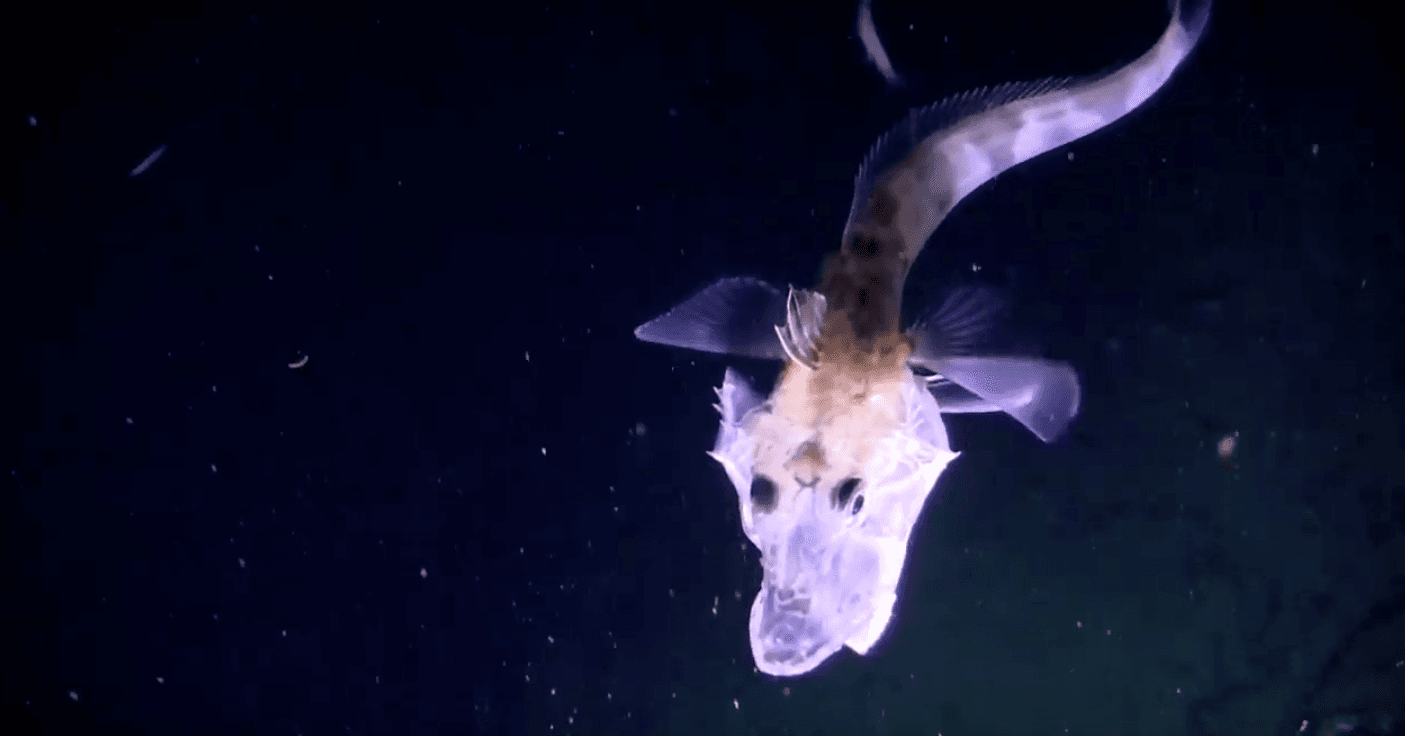It’s not every day that you get to spend three hours in a two-person submarine driving around the Antarctic sea floor. And yet, there we were, at the bottom of the globe, about 700 feet under water, in a cold, pitch-black abyss positioned nervously somewhere between claustrophobia and agoraphobia. All we could see was the cone-shaped area lit by the submarine’s headlights stretching ten feet in front of us. The seas were eerily calm. With virtually no current flowing near sea bottom, the silt that our propellers kicked up became suspended like a snowstorm during which someone hit the pause button. I think I now know where they got the idea for the setting of the upside-down world in Stranger Things.
Everywhere, there were bizarre creatures, not like anything I’ve ever seen on land. At one point we stopped our little red submarine, which looked like an aquatic Mini Cooper, and parked on the sea floor to take in the surroundings. My submarine driver, a comedic Belgian named Kenneth Lowyck, and I were quickly met by dozens of enchantingly odd animals. It was like I was peeking into the creative mental closet where Guillermo del Toro birthed that unforgettable creature in Pan’s Labyrinth. The names of the animals pulsating, hovering, sitting there on the sea floor did them justice: ice fish, tube worms, feather stars, glass sponges, sea squirts, lollipop sponges.
I already knew Antarctica to be a place whose inhabitants were the stuff of fantasy. After all, this is where the incredible colossal squid lives, with eyes the size of bowling balls that allow it to see in the dark depths. It is also home to the largest animal on earth, the blue whale, which has veins big enough for a human to swim down.
But what I saw on this day were smaller wonders. My favorite were these translucent things called salps that looked like snakes made of bubble wrap and that moved by pumping water through their bodies. Some of them longer than 5 feet, they were seemingly as fascinated with us as we were with them. A half dozen circled around the submarine’s glass dome above my head.
I was on this trip reporting on whaling and other competitive pressures in the Antarctic for The Outlaw Ocean project. Salps are of direct relevance to my focus, I later learned, because they’re proliferating due to climate change, upending the food chain, and jeopardizing a staple in the whales’ diet.
I hitched a ride with Greenpeace’s Arctic Sunrise, a 164-foot ship that was carrying a team of American, German and Australian scientists here to do research. The scientists were collecting samples from the sea bottom as part of a broader effort to apply to an international governing body called CCAMLR (Commission for the Conservation of Antarctic Marine Living Resources) for the creation of a 172,000-square-mile marine protected area banning commercial fishing in these waters.
The researchers found on the seafloor what they needed to bolster their application: the presence of a half dozen species that are on CCAMLR’s list of animals that deserve special protections. But the hearts-and-minds campaign that these conservationists will have to wage to convince the international public and big fishing countries to support their proposal is far tougher.
I did not envy the challenge these researchers face. Can science ever really capture poetry? Maybe they wouldn’t have to, but it did seem to me that one of the best arguments for conservation was the weirdly sublime and exotic beauty of this place, which I imagined would be tough to convey in an academic research paper. Truth be told, it’s hard enough to do so in journalistic prose, and I get to use similes and metaphor.
